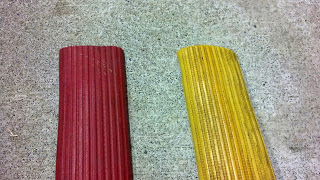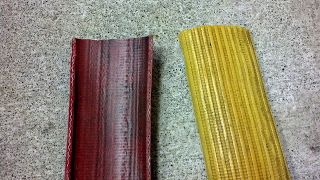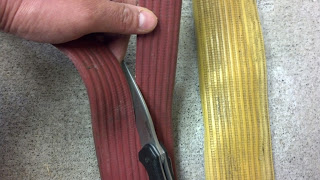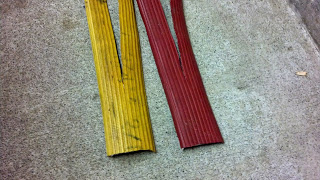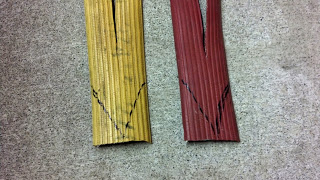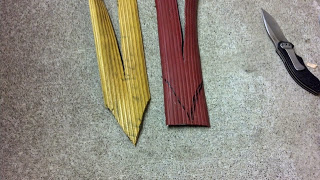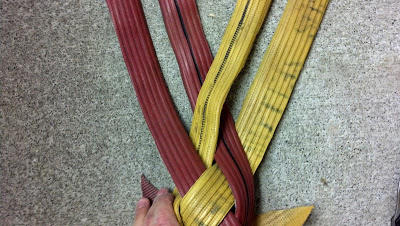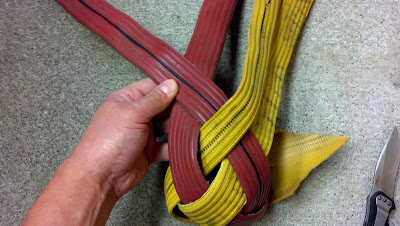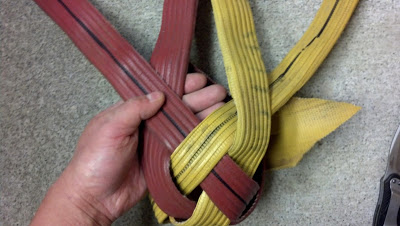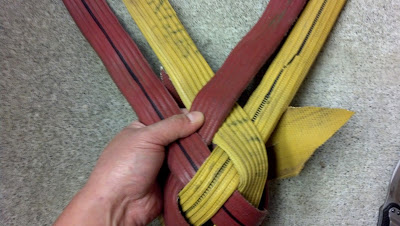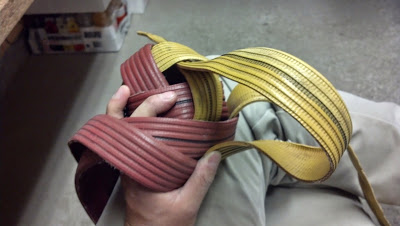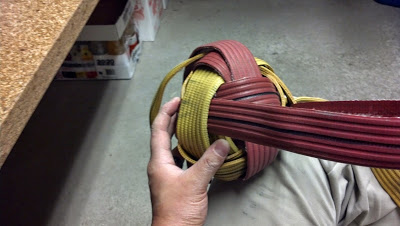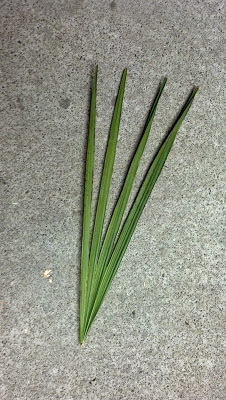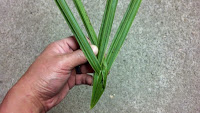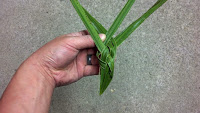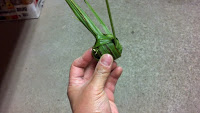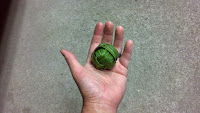Woven Fire Hose Strip Ball
If you grew up around palm trees maybe you spent some time making and playing with little balls woven from their leaves. They’re fun little trinkets for the beach and now also a popular paper craft, but we’ve got a job to do and animals depending on us to stave off boredom. We can’t work with that Pinteresty garbage, we need to work with zoo-tough materials. Thank god we have fire hose.
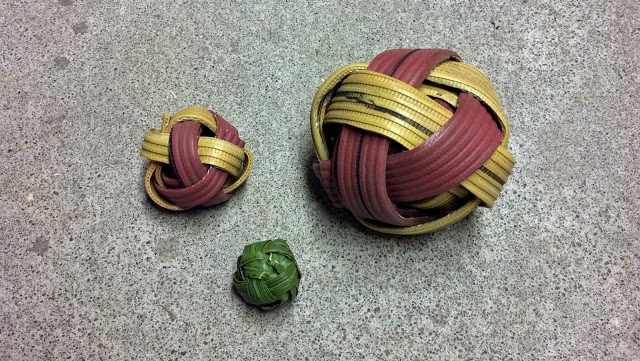
Take some hose and slice it down its length along the crease. For this 4″ flat diameter stuff I have about 2 foot lengths. I’m using two different colors for instruction purposes, but you would just use both halves you just created.

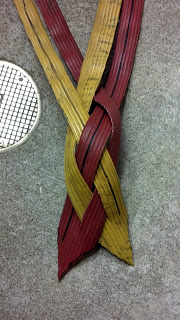
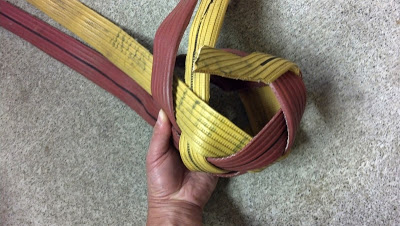
It. What is it? What good is it? Imagine when we had our first two weaves in that then tucked a small apple inside before we finished. Then imagine giving that to your gorilla and having that animal try to poke with their fingers, bite and pull, or squash apple out of that fire hose ball trying to get their treat. Or maybe it has a spectacular insight and actually pulls the thing apart. The next day when you’re cleaning you just pick up your two pieces of hose, wash and bleach them, then make it again.
Imagine the same with a clam and a sea otter, a quail and a coati, a Snickers and a coworker, etc.
Maybe I was a little facetious about the paper and palm balls. Hose is a little heavy duty for parrots, small primates, rodents, and others who could use a little love as well. Tuck in a peanut or a piece of dried fruit and you’ve got some cheap and easy animal entertainment. They’re fun to make, too! And after you’ve made a few they can be finished pretty mindlessly. Take some paper strips and a bowl of raisins to your next staff meeting and do something productive next time!
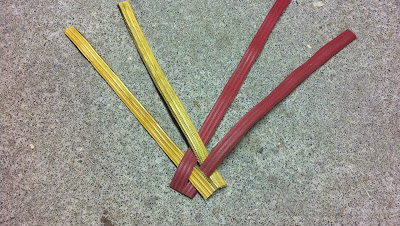
If you noticed that little fire hose ball from the lead image, that was made with those scraps we cut off our larger one. A great way to use up little pieces so nothing is wasted. Good luck!
Enrich Minute, USA

PROFILE
Quick and new ideas for zoo animal enrichment
Steven Ok lives in Tacoma, Washington where he works as a zookeeper at the Point Defiance Zoo & Aquarium overlooking beautiful Puget Sound. When not cutting fire hose and splicing ropes at work he’s cutting fire hose and splicing ropes with his wife and three kids.
EnrichMinute is a collection of new techniques for creating enrichment primarily for exotic animals in zoos but they can be applied to domestics as well. Behavioral enrichment belongs to livestock and pets as well.

